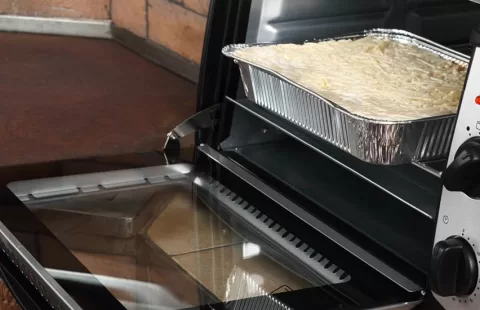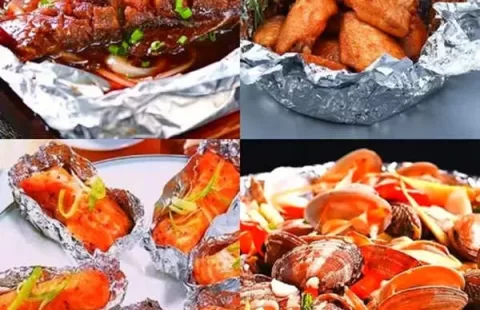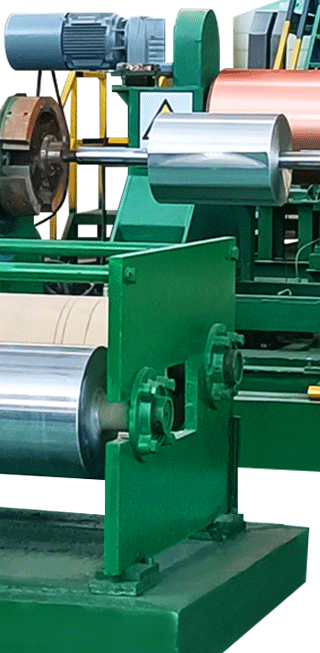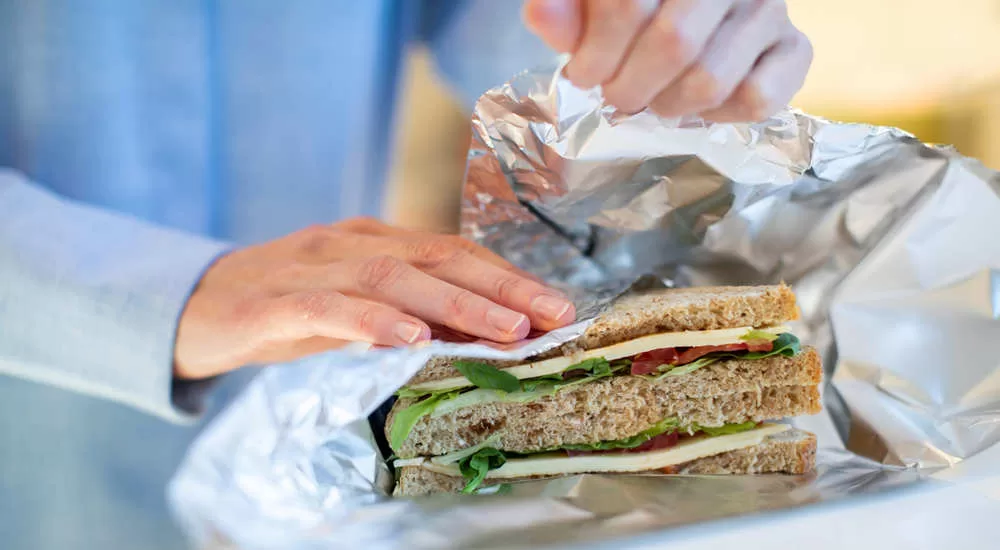
Aluminum Foil Which Side to Use?
Aluminum foil is a kitchen essential, and it serves a multitude of purposes, from cooking and baking to preserving and grilling. However, a persistent question that has baffled many is: “Which side of aluminum foil should be used for various tasks?”

Understanding the Two Sides of Aluminum Foil
When you unroll a sheet of aluminum foil, you’ll immediately notice that it has two distinct sides: one shiny and reflective, and the other dull and matte. Many people believe that these sides have different functions, but the reality is more straightforward.
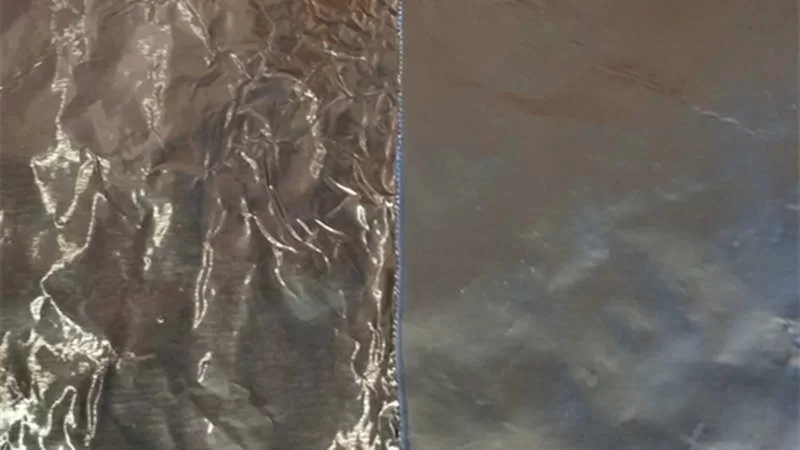
Fact 1: No Functional Difference
The shiny and dull sides of aluminum foil are a result of the manufacturing process, not an indicator of their intended use.
During production, the foil is pressed between rollers. With creating a shiny side where the foil makes contact with the rollers and a dull side where it does not.
Importantly, both sides of the foil are functionally identical, so there’s no need to stress over choosing one side over the other for specific tasks.
Fact 2: Heat Conduction is Equal
Another misconception is that the shiny side reflects heat, making it ideal for certain cooking methods, while the dull side absorbs heat, suitable for different purposes.
The truth is that aluminum foil is an excellent conductor of heat. And the thickness of the foil is so minimal that any difference between the two sides is negligible.
Whether you use the shiny or dull side, heat, it can ensure your food cooks or stays warm as intended.
How to Properly Use Aluminum Foil
Now that we’ve cleared up the confusion surrounding the two sides of aluminum foil, let’s explore some practical tips for using this versatile kitchen tool:
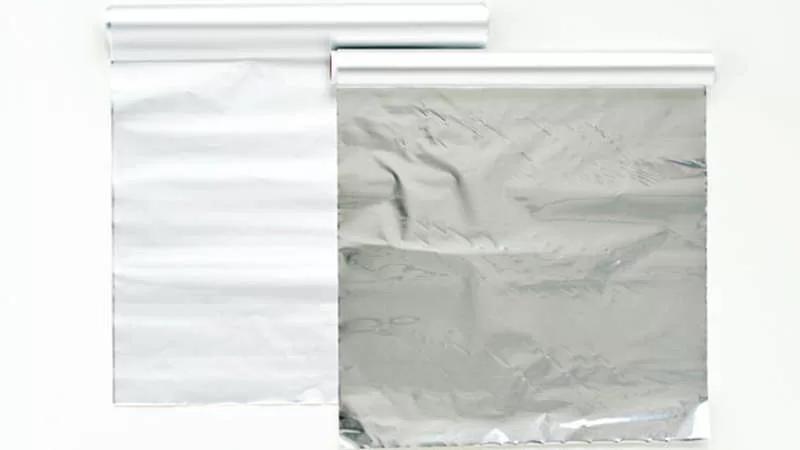
Wrap and Seal Securely: Whether you’re wrapping food for cooking or storing leftovers, the key to success is creating a tight seal. This helps prevent moisture loss, maintains food freshness, and ensures even cooking. Focus on your wrapping and sealing technique rather than worrying about which side is facing in or out.
Safe Food Storage: Aluminum foil is a safe material for food storage. However, avoid using it with highly acidic or spicy foods for extended periods, as prolonged contact may cause a reaction with the foil and alter the taste of your dishes.
Grilling and Baking: Aluminum foil is a kitchen hero for grilling delicate items like fish and vegetables, as well as for baking dishes that might stick to your bakeware. Use it as a protective barrier to keep food from sticking and to simplify cleanup.
Label and Date Packages: When storing food in aluminum foil, consider labeling the packages with a marker or tape to indicate the contents and the date of preparation.
Which Side to Choose?
The debate over which side of aluminum foil to use has been put to rest.
Both sides of aluminum foil are equally functional, so you can confidently use either side for cooking, wrapping, or storing your food.
Focus on proper wrapping techniques and safe usage to make the most of this invaluable kitchen tool.
With these insights in mind, you can elevate your cooking and food preservation skills while simplifying your time in the kitchen.
Leave a Comment
You must be logged in to post a comment.

